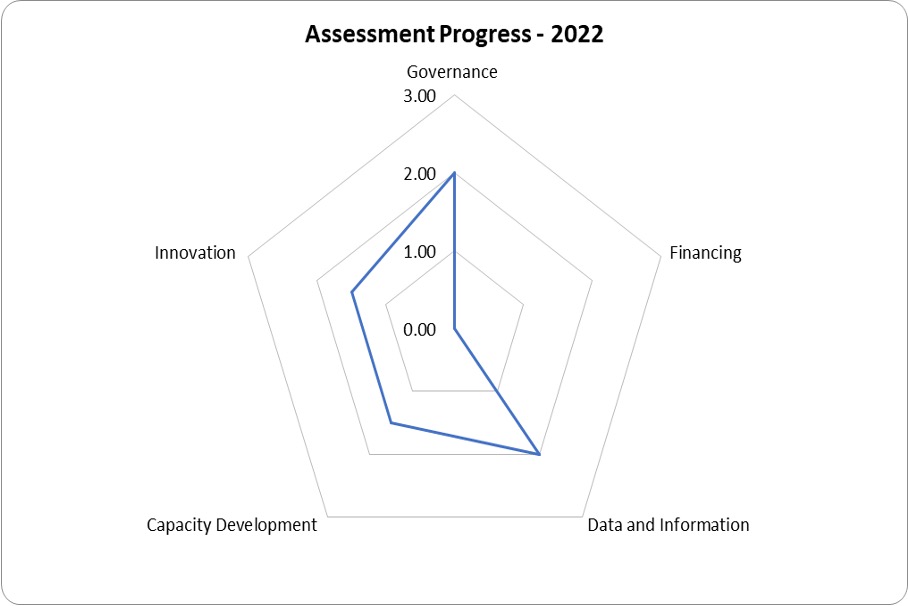United Republic of Tanzania
Tanzania has one of the more mature hand hygiene programs, with work starting in 2004. This may account for the relatively high access to basic service at just over 48%. However, this has only increased 0.82% since 2015, indicating that some parameters are impeding progress. This finding is reinforced by scores of 0.84 and 1.40 on the HHAFT Tracker and Assessment’s 4-point scale, respectively. As is common across many countries, limited financing is a critical barrier to accelerating progress to universal access to basic service. Additionally, lack of a national hand hygiene policy may hamper progress – hand hygiene is only addressed through sanitation demand creation programs.

Tracker

| Milestone | 2023 |
|---|---|
| Prepare for Action | 0.80 |
| Analyse the Situation / Assess the Need | 0.50 |
| Prioritise Actions | 1.00 |
| Execute Plans | 0.67 |
| Monitor, Evaluate and Course Correct | 1.25 |
| Average | 0.84 |
Hand hygiene is embedded within the national health policy and is captured as part of the National Strategy for Sanitation and Hygiene for All (NSASHA) -2020-2025; it has some funding through other WASH programs. Additionally, a coordination mechanism has been long-established in the country through a sector-wide approach (SWAp). And while hand hygiene is included in the National Sanitation MIS (NSMIS) Tanzania struggles to prioritize activities to advance the sector.
Assessment

| Parameter | 2023 |
|---|---|
| Governance | 2.00 |
| Financing | 0.00 |
| Data and Information | 2.00 |
| Capacity Development | 1.50 |
| Innovation | 1.50 |
| Average | 1.40 |
Tanzania has strong institutional arrangements in place, including the MoH identified as the lead ministry, a coordination body, prioritized sectors, an M&E system, and regular sector reviews. As noted above, lack of financing impedes progress; the HH sector may be able to tap into financing embedded in other sectors to make progress. South Africa’s M&E framework and reporting system will need to be made accessible to all stakeholders, comprehensively integrate JMP definitions and standards, and establish a review process and plan for course correction. Although there is an understanding of capacity development needs and the importance of private sector engagement, there are not clear plans or strategies in place for either at present.
